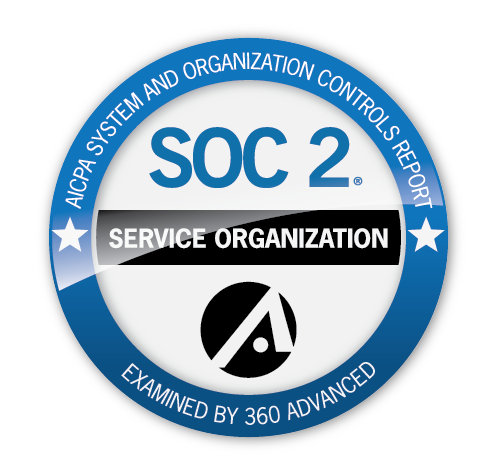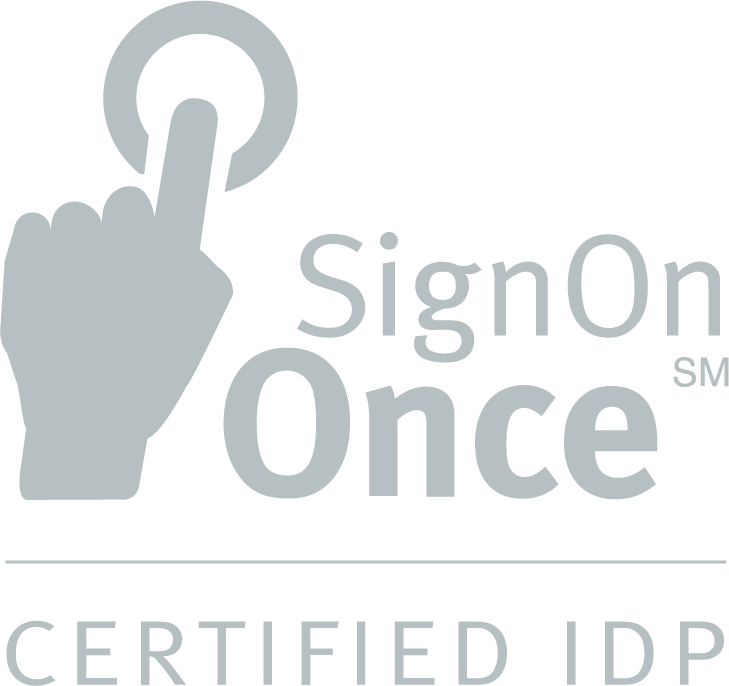For even the most efficient insurance carriers, the task of proactively managing regulatory compliance is a complex and time-consuming business function. With constantly evolving state regulations and federal guidelines, internal compliance teams are left to chase a moving target so that the rest of the business can function properly.
To improve efficiency and modernize operations, many industries have begun adopting artificial intelligence (AI) tools to automate their workloads. Insurers (historically cautious in their approach to technology) are understandably eager to explore whether compliance, too, could evolve from rule-based processes to something more adaptive and intelligent with the right solutions framework.
The promise is clear, but so are the risks.
What compliance managers are hoping for in AI solutions
Traditionally, compliance in the insurance industry has been driven by rulebooks, checklists, and decision trees. Whenever a regulation changes, analysts must interpret the new legislative language, translate it into procedural updates for the insurer, and then manually embed it into technology systems. This approach, while effective, is inherently limited by the speed of technological operations. AI offers the possibility of a more dynamic model meant to augment and amplify human expertise.
As their capabilities grow, natural language processing models should enable compliance systems to scan published statutes, bulletins, and regulatory updates and surface the sections most relevant to a carrier’s specific products and jurisdictions. This would, in effect, reduce the lag between a new rule’s publication and its operational impact. A well-trained model could also provide preliminary analysis to assist analysts with faster implementation when requirements change. Beyond just monitoring, AI can also help automate routine processing tasks, such as cross-checking data and forms to flag the exceptional cases that require additional review by human experts.
When applied across the processes of an entire organization, there is potential for AI tools to make compliance enforcement even more consistent. Humans bring variation to interpretation; algorithms, once validated, apply criteria the same way each time. Over time, insurers could even move toward more proactive compliance and reduce their risk of penalties or compliance issue driven market conduct exams. By analyzing licensing data, AI might detect concerning trends that would invite regulatory scrutiny before an issue materializes, giving compliance teams a chance to intervene early.
For carriers under pressure to demonstrate not only efficiency to their partners but also trustworthiness to their end-insured customers, stronger compliance practices enabled by advanced technology could add a competitive and reputational advantage. Regulators, agency partners, and policyholders alike notice when a company runs a more effective, more responsive operation.
From rule-based to smart compliance
The difference between today’s technology systems and tomorrow’s vision for a better insurance industry comes down to adaptability. In a rule-based world, compliance is reactive. Codify the regulation, check against the rule, and correct as needed. Every change requires manual intervention.
Smart compliance, in contrast, could leverage AI to interpret rules directly, identify areas of ambiguity, and learn from past results. Rather than serving as a safeguard in the process of insurance distribution, compliance management would encompass a more instructive function within an organization, an advisory benefit dedicated to anticipating risks, suggesting corrective actions, and steering other departments toward stronger compliance practices.
This shift does not eliminate the need for human oversight. Instead, it reframes compliance professionals as expert operators of an intelligent system, one that handles the heavy lifting of monitoring and validation while knowledgeable humans provide meaningful context and accountability.
AI and compliance compatibility issues that can’t be ignored
Despite the appeal (and seemingly unlimited hype), insurers can’t afford to treat AI as a cure-all, particularly when it comes to compliance. Black-box algorithms pose a fundamental challenge in a field where regulators expect transparent reasoning. A system that flags or clears a filing without valid rationale risks being unacceptable to oversight bodies, no matter how accurate it may be.
Regulatory acceptance itself remains an open question. Even if a carrier’s internal AI tools prove reliable, regulators will almost certainly insist on human validation of any AI-augmented outputs. That requirement is likely to remain until trust in AI systems becomes sufficiently instilled across the entire consumer marketplace.
Bias is another topic of concern that is subject to increasing regulatory oversight. AI models learn from data, and if that data represents a record of implicit biases, the model can perpetuate them. In insurance, where consumer protection is tightly regulated, any appearance of bias could have significant consequences. Closely related is the issue of data quality, because compliance demands precise, jurisdiction-specific information, and flawed inputs easily turn into flawed outputs.
Then there are operational challenges. Models degrade if they are not continuously retrained as regulations change, creating a need for ongoing monitoring and adjustment. Integrating AI into a legacy compliance infrastructure will not be straightforward, and the cost and cultural resistance, meaning a preference from long-standing workers to maintain the status quo, could be significant. Meanwhile, compliance itself is beginning to attract AI-specific scrutiny, with regulators drafting frameworks around explainability and disclosure. Ironically, deploying AI to manage compliance could introduce new compliance obligations of its own.
Building reliable guardrails around AI
For insurers ready to test AI’s role in improving compliance operations, moving forward requires careful design and strong governance. Human oversight must remain at the center, with AI acting as co-pilot, not autopilot. Every output should be traceable, documented, and explainable, both for internal stakeholders and for regulators.
An incremental approach seems like the most prudent way for insurers to incorporate AI into compliance workflows. Deploying AI tools to augment certain lower risk functions—such as scanning regulatory bulletins or organizing audit materials—allows insurers to test AI’s potential in a limited context and minimize security concerns. As confidence grows, systems can expand into higher-stakes functions, provided that the necessary controls scale with them.
Vendor relationships also matter. Carriers that lean on third-party AI-empowered solutions providers must conduct rigorous due diligence, not only around the technology’s accuracy but also around its security, data protections, and liability provisions. In parallel, compliance teams need to advance their own AI literacy. Learning how to interpret, question, or challenge algorithmic outputs will become as essential a skill as interpreting the statutes and regulations themselves.
Finally, competitive carriers should not wait for state regulators to establish rules for their jurisdiction, as those rules can be inconsistent across jurisdictions. Proactive engagement across multiple jurisdictions through pilot programs or advisory boards can build confidence across the insurance industry to shape how AI oversight evolves.
A future shaped by early adopters in compliance automation
Insurance has historically lagged other industries in adopting predictive, data-driven systems, but the field of compliance may offer the most natural proving ground. Its combination of high stakes, repetitive tasks, and evolving rules creates both incentives and opportunities for innovation.
The future of insurance compliance will not mean replacing human compliance professionals with machines, but rather equipping those experts with more precise, powerful tools. Innovation with oversight, efficiency with transparency, and intelligent automation with human judgment: The first carriers to strike this balance will help define what responsible AI in compliance looks like for the insurance industry.
Powering your compliance future
At Vertafore, we believe effective compliance management should be a foundation for growth. Our integrated solutions are purpose-built to help carriers streamline complex operations and strengthen partnerships with agencies and regulators. As the promise of AI expands across the insurance industry, our comprehensive distribution management platform will continue to lead the way. You can learn more about how we’ve been incorporating AI and automation into our solutions for years, and the impact it’s had on our clients.



